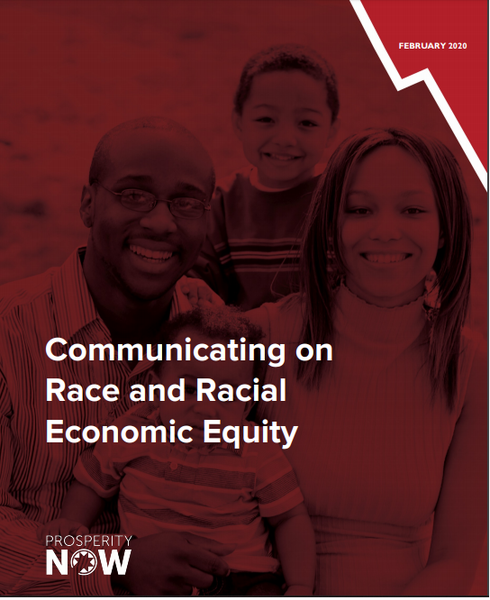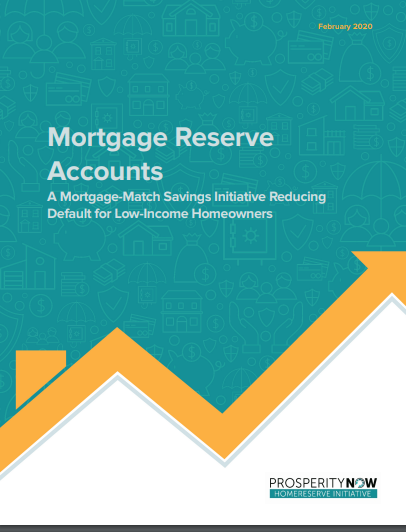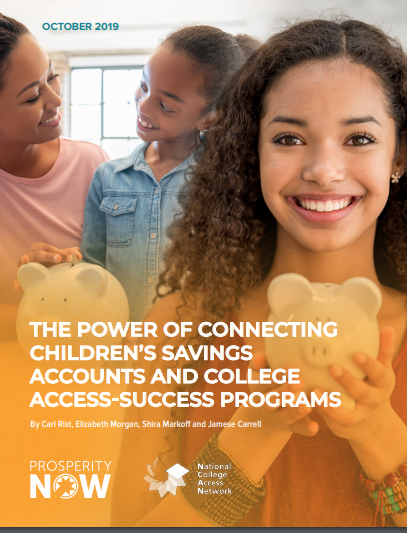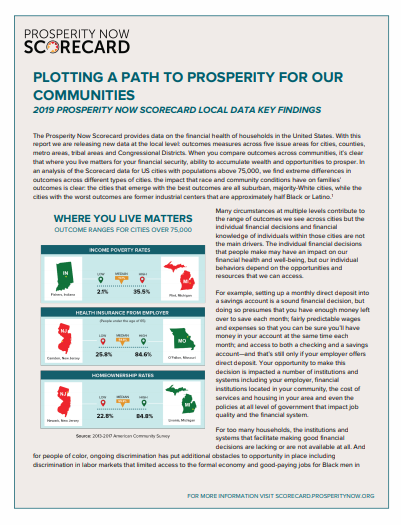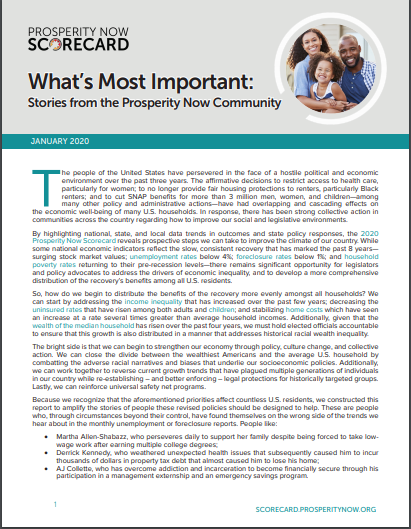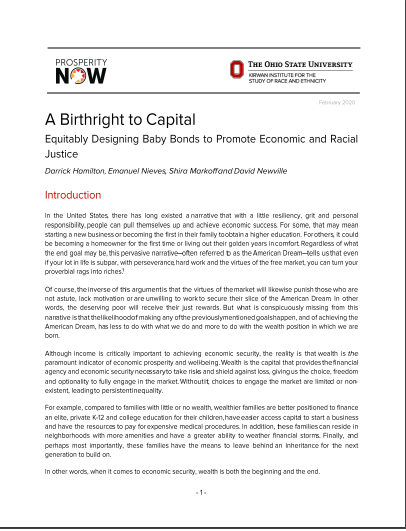
A Birthright to Capital: Equitably Designing Baby Bonds to Promote Economic and Racial Justice
Building on an idea developed and long championed by economists Darrick Hamilton and William “Sandy” Darity Jr., as well as 15 years of practice and research around children’s savings programs, A Birthright to Capital outlines the case for why the United States government should provide an account, with up to $60,000 held in public trust, to every one of the four million children born each year in the United States, and why this economic right to wealth, often referred to as a Baby Bond or a Baby Trust, should be calibrated to the economic position of a child’s family.
In addition, A Birthright to Capital also clearly defines several policy design parameters for creating a national Baby Bonds program that is equitably and meaningfully structured to address rising economic inequality and the racial wealth gap.
In addition, A Birthright to Capital also clearly defines several policy design parameters for creating a national Baby Bonds program that is equitably and meaningfully structured to address rising economic inequality and the racial wealth gap.


